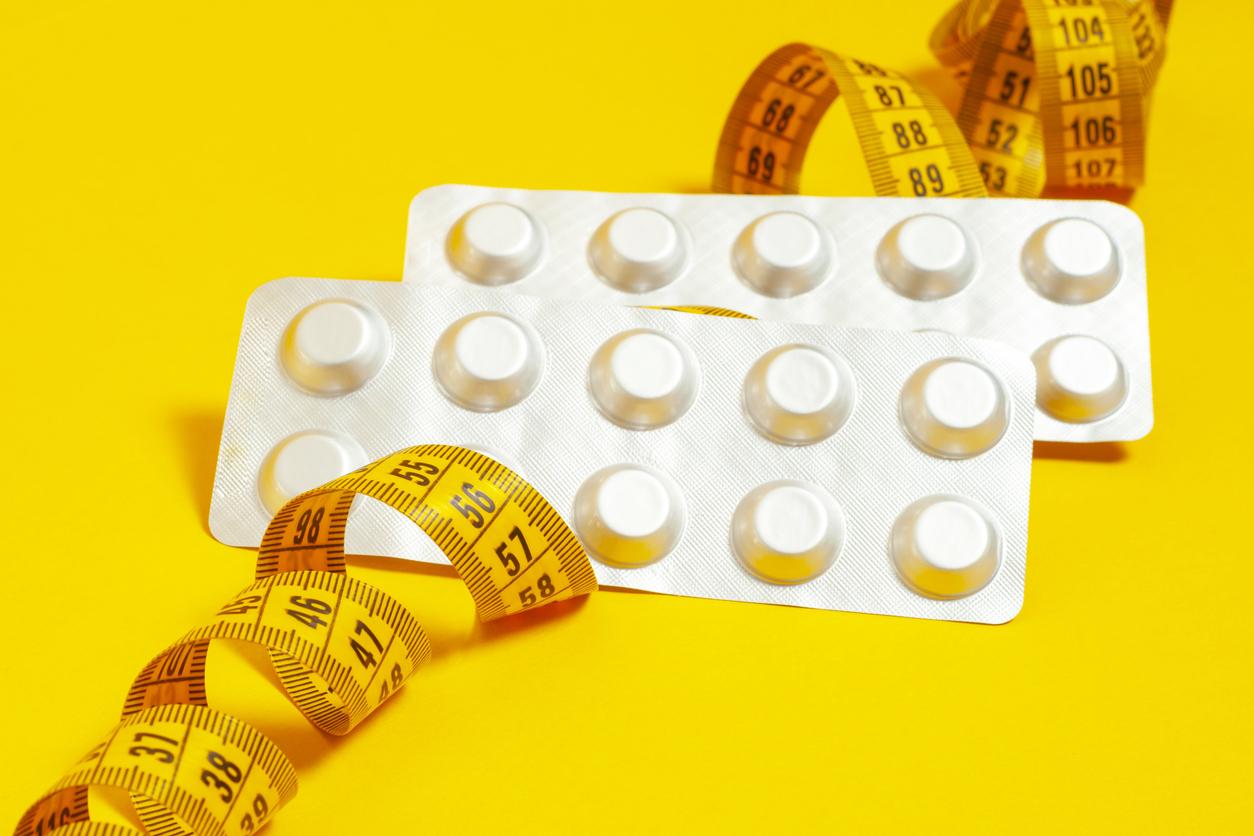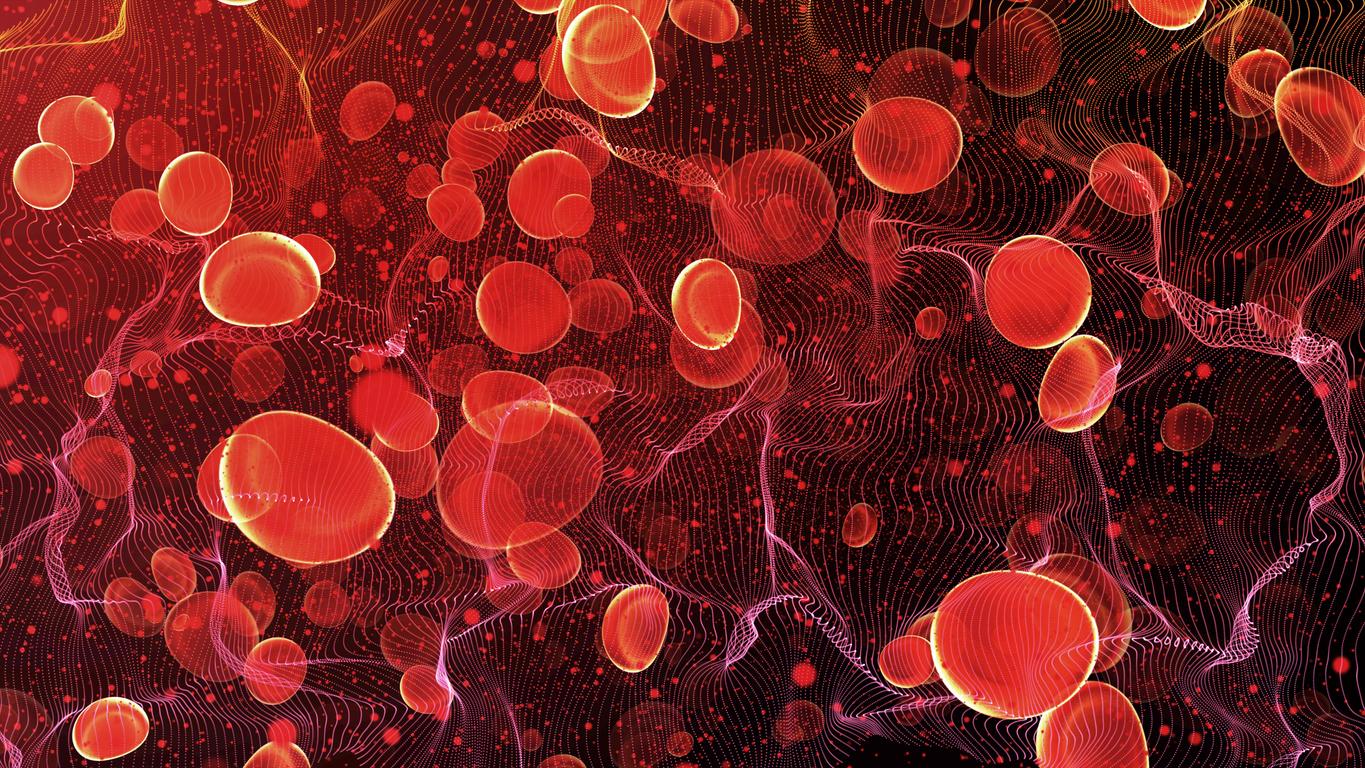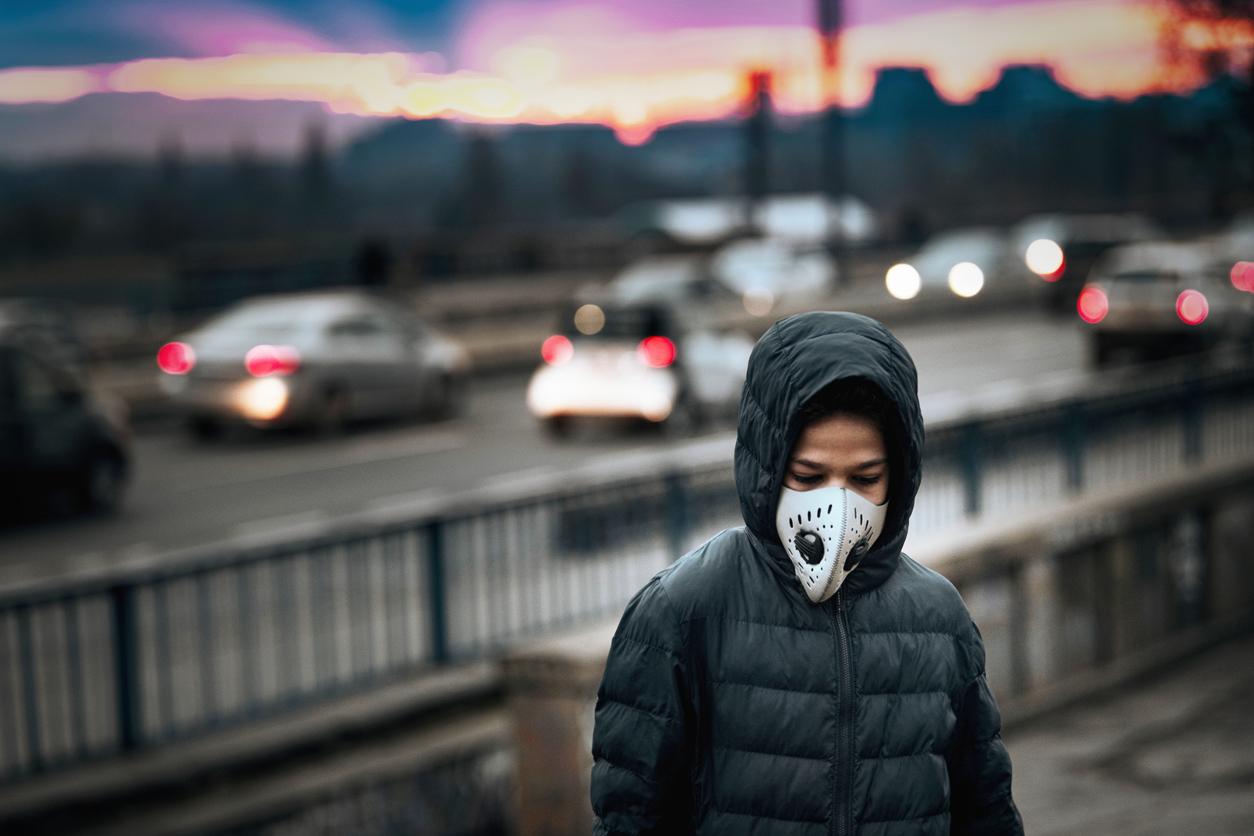The fight against phthalates celebrates its 6 years in the United States. A study shows that some forms have almost disappeared, but others have taken over.

When some phthalates are banned, others take over. This is what a study from the University of California – San Francisco (United States) observed, published on January 15 in Environmental Health Perspectives. Federal restrictions are effective on some forms of the chemical used to soften plastics, but powerless against alternatives.
Almost disappearance of three phthalates …
This study is the first to analyze the evolution of phthalate exposure across the Atlantic. In addition to being known endocrine disruptors, these substances damage sperm DNA and its quality. In the fetus, the damage is also very important. The genital development of male babies is impaired during gestation. Early exposure to phthalates also increases the risk of cognitive and behavioral problems in babies of both sexes.
Of 11,000 Americans participating in the study between 2001 and 2010, almost all were exposed to at least one form of phthalate. In 2009, the United States permanently banned the use of three phthalates (BBzP, DnBP, DEHP) in products intended for children. This measure is supposed to limit the impact of these endocrine disruptors on the development of the youngest. Before it was approved, children were much more exposed to it than adults. Since then, this gap has narrowed sharply.
… three other forms take over
The US Congress has also temporarily banned three other forms of phthalates (DnOP, DiDP, DiNP), but only in toys that children can put in their mouths. Until further studies are carried out, the restriction will not be lifted.
For adults, these same chemicals are still used as a substitute for those banned permanently. As a result, exposure to these three forms has increased in the general population. The first two show an increase of 15% and 25%. The DiNP was increased by 150%. It is indeed the most frequent substitution for DEHP. California Proposition 65 recently added this product to the list of chemicals known to cause cancer.
Among the forms of phthalates whose use is not restricted, the changes are variable. For DEP, exposure fell by 42% while that to DiBP tripled. DEP is widely used in body care products. The other product is often used as a substitute in care products, solvents, adhesives and drugs.
Since 2004, more than 1,000 companies have committed to removing certain chemicals from body care products. They also indicate more clearly which substances are used. Phthalates are found in a variety of products: nail polish, perfumes, plastics, building materials, food, etc.
6 forms are prohibited in childcare products in France. DEHP is expected to be banned for all use by 2015.
.

















